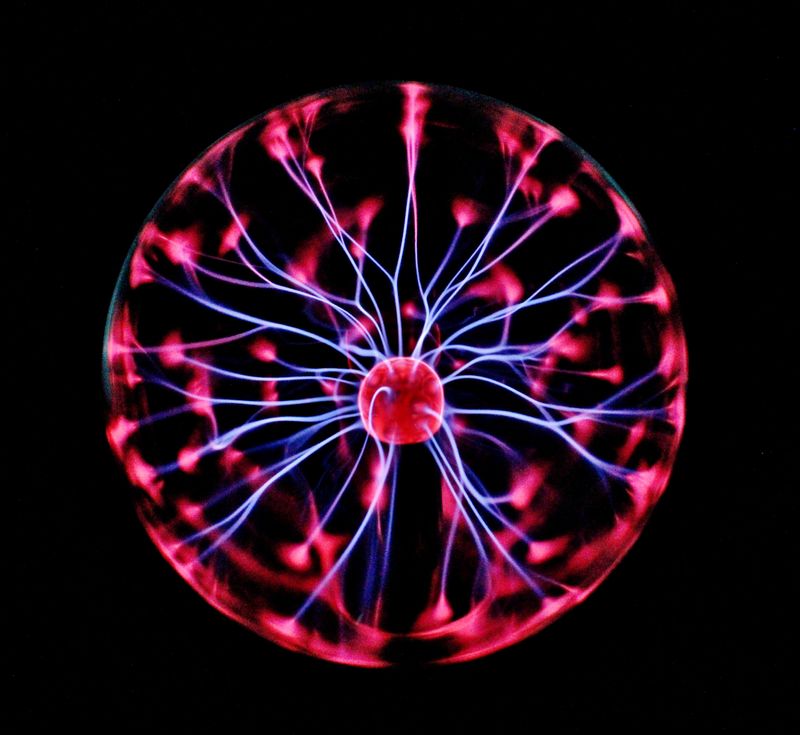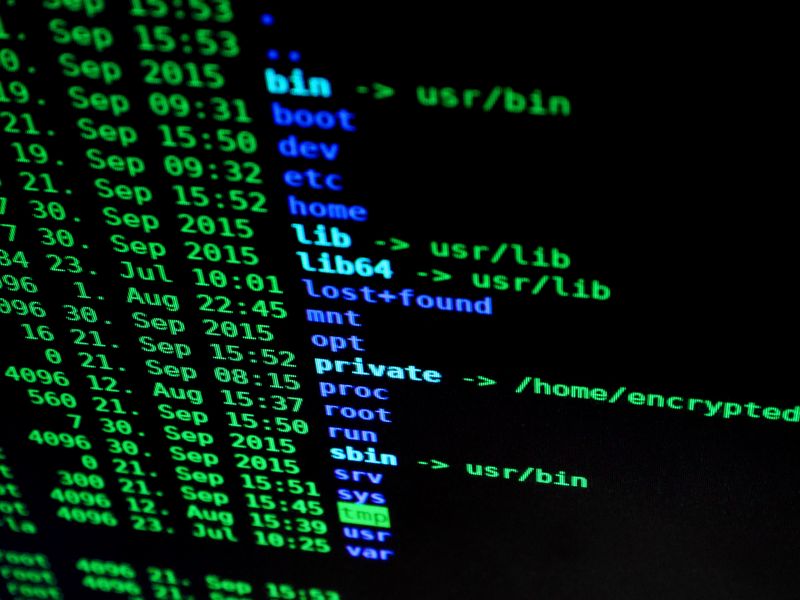Google Releases Quantum-Resilient Security Key Implementation
Introduction
Google has recently released what it claims to be the first FIDO2 security key implementation that is resistant to quantum attacks. This development comes in response to the increasing progress in quantum computing and the need for quantum-resilient cryptography. The implementation, developed in partnership with the Swiss university ETH Zurich, utilizes a hybrid signature scheme involving traditional elliptic-curve cryptography and the quantum scheme CRYSTALS-Dilithium. The source code for the implementation has been released as part of Google‘s OpenSK project, which aims to provide open-source code for hardware security keys.
Understanding the Threat
Quantum computing poses a significant threat to the current state of encryption and cryptographic algorithms. Quantum computers are capable of performing calculations at speeds exponentially faster than classical computers, which means that they can easily break traditional encryption algorithms. This has raised concerns about the privacy and security of sensitive information stored and transmitted over the internet. In order to protect against future quantum attacks, it is necessary to develop and implement quantum-resilient cryptography.
The Google Solution
Google‘s quantum-resilient security key implementation utilizes a hybrid signature scheme that combines traditional elliptic-curve cryptography with the quantum scheme CRYSTALS-Dilithium. This approach leverages the strengths of both cryptographic algorithms to provide a secure and efficient solution. The researchers at Google and ETH Zurich have chosen this hybrid scheme because some quantum-resistant algorithms have shown signs of weakness. By taking a cautious and proactive approach, Google aims to ensure the highest level of security for its users.
The Implementation Process
Developing a quantum-resilient security key implementation posed several technical challenges. One of the main concerns was creating a Dilithium implementation that could run on the limited hardware of security keys. Through careful optimization, the researchers were able to develop a Rust memory optimized implementation that only required 20 KB of memory. They also focused on improving the signature speed to meet the expected security key specifications. However, Google believes that further improvements in signature speed can be achieved by leveraging hardware acceleration.
The Importance of Early Action
While quantum attacks may not become a reality for some time, Google emphasizes the need for early action in the industry. Developing and widely deploying new cryptography across the internet is a complex and time-consuming process. By taking proactive steps now to address quantum security, companies and organizations can ensure that they are well-prepared for the future. Google hopes that its implementation will be standardized and supported by all major web browsers, facilitating widespread adoption of quantum-resilient cryptography.
Editorial: The Urgency of Quantum-Resilient Security
The Unprecedented Threat
The development of quantum computers presents an unprecedented threat to the security and privacy of information. The speed and computational power of these machines can render traditional encryption algorithms obsolete, leaving sensitive data vulnerable to unauthorized access. As the global community becomes increasingly dependent on digital technologies, it is imperative that we address the potential impact of quantum computing on internet security.
The Race Against Quantum Attacks
Quantum-resistant cryptography is our best defense against the threat of quantum attacks. By developing and implementing algorithms that can withstand the computing power of quantum computers, we can ensure the long-term security of our digital infrastructure. However, the challenge lies in the time-sensitive nature of this task. Quantum computing advancements are progressing rapidly, and we must act swiftly to stay ahead of potential threats.
The Role of Industry Leaders
Companies like Google, with their technological expertise and resources, have a responsibility to take a proactive stance in addressing quantum security. By investing in research and development, and collaborating with academic institutions, these industry leaders can drive innovation in quantum-resilient cryptography. Open-source projects like Google‘s OpenSK are also instrumental in fostering collaboration and knowledge sharing among researchers and developers.
Advice for Individuals and Organizations
While the development of quantum-resistant security solutions is primarily the responsibility of technology companies, individuals and organizations should not remain complacent. It is essential to stay informed about the advancements in quantum computing and the potential impact on internet security. When selecting security measures, prioritize products and services that incorporate quantum-resilient algorithms. Furthermore, individuals and organizations should be prepared to adapt and upgrade their security measures as quantum-resistant solutions become more widely available.
Conclusion
The release of Google‘s quantum-resilient security key implementation marks a significant step towards securing the future of internet communication. By leveraging a hybrid signature scheme and collaborating with academic institutions, Google has developed a solution that is resistant to quantum attacks. However, the urgency of addressing quantum security cannot be understated. The global community, including industry leaders and individuals, must come together to develop and implement quantum-resilient cryptography to ensure the continued security and privacy of our digital world.

<< photo by Amol Tyagi >>
The image is for illustrative purposes only and does not depict the actual situation.
You might want to read !
- Inside the Jaws of the Hackers: A Satellite Captured at a Las Vegas Convention
- A Vulnerability Exposed: Uncovering the Massive Hack of 2,000 Citrix NetScaler Instances
- Exploring the Impact of GitHub’s $1.5 Million Bug Bounty Program in 2022
- Quantum Leap for Online Security: Google’s Revolutionary FIDO2 Security Key
- Exposed: Massive Cybercrime Network Unleashes Wave of Info Stealing Attacks, Infecting 120,000 Computers
- Operational Blow to Cybercrime: Lolek Bulletproof Hosting Servers Seized, 5 Key Operators Arrested
- MSI data breach exposes vulnerability in low-level motherboard security keys
- Actions Speak Louder than Words: Why Boards Demand More than Security Promises
- Google’s Chrome 116 Release: Patching 26 Vulnerabilities to Bolster Security
- AI’s Eavesdropping Capabilities: A Terrifying Accuracy That Steals Passwords
- Securing the Future: Nile Raises $175 Million to Revolutionize NaaS Solutions




